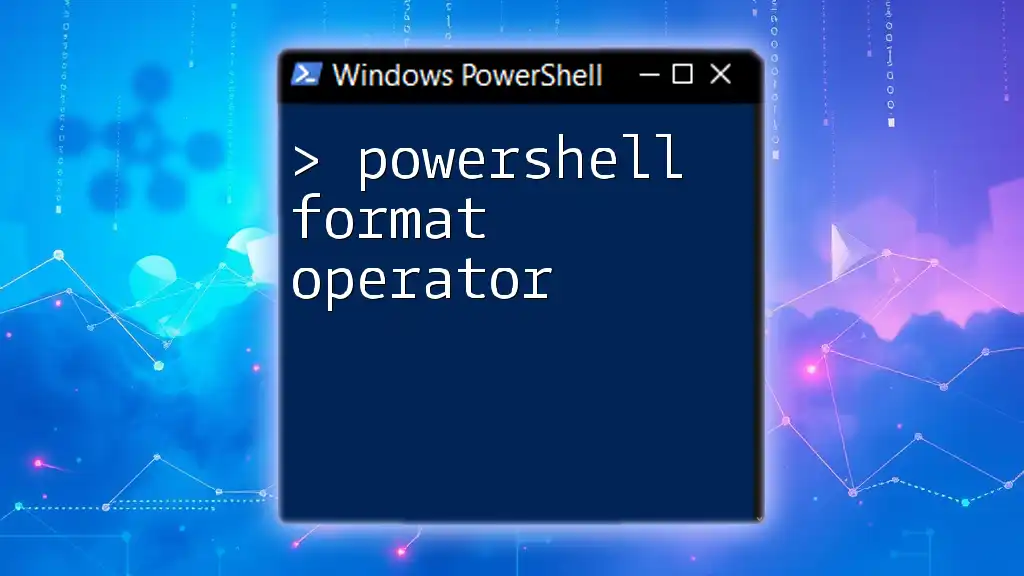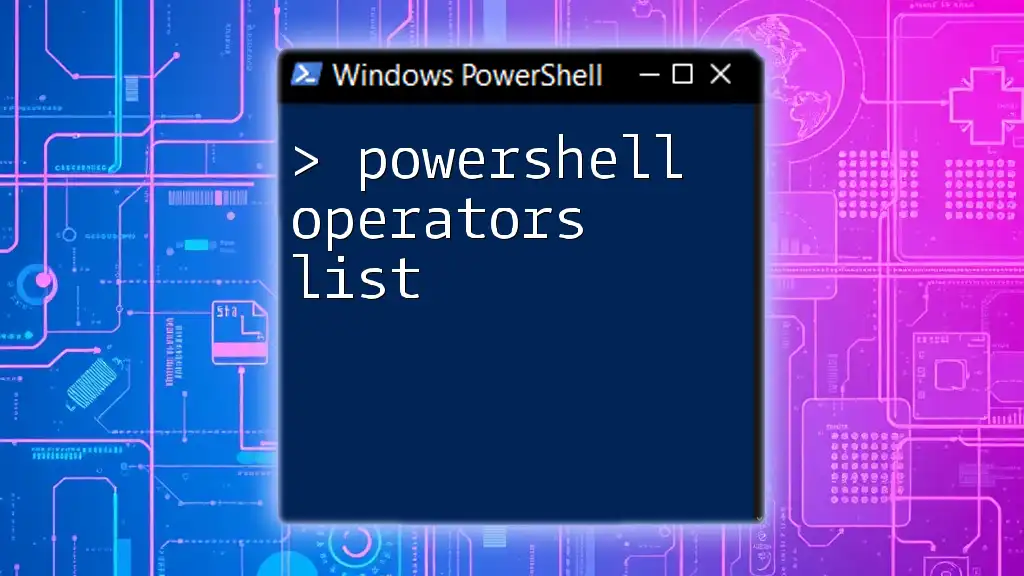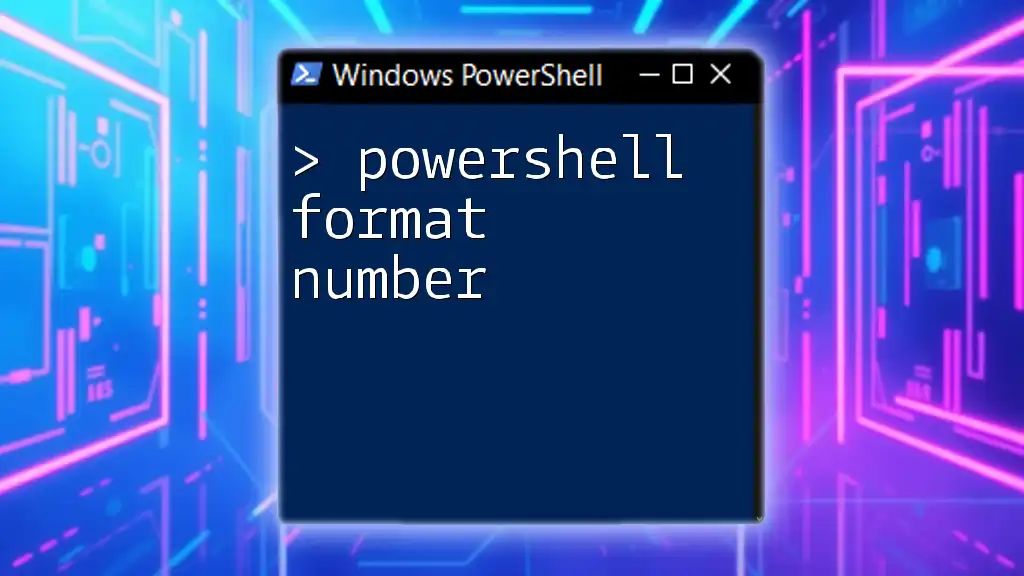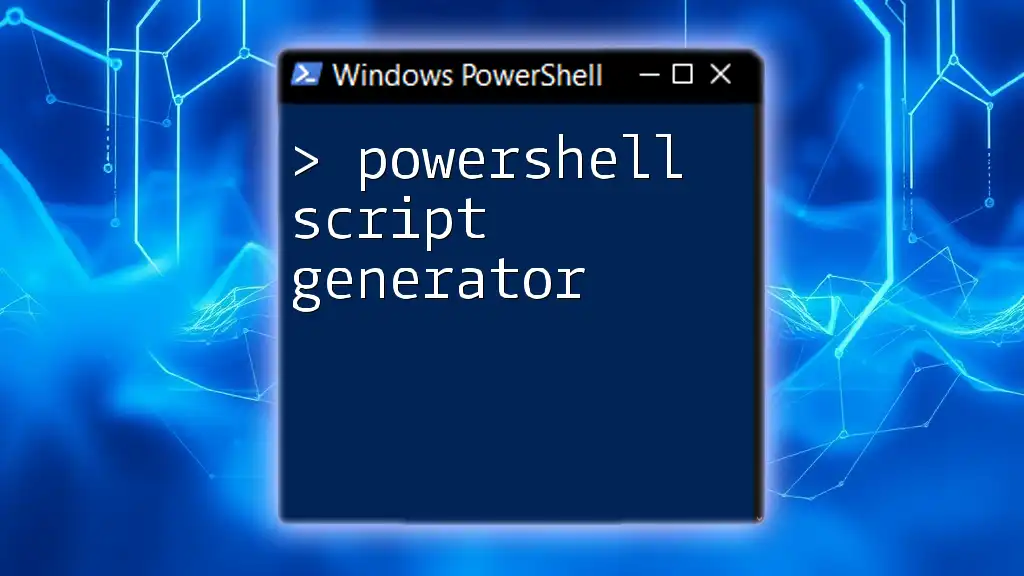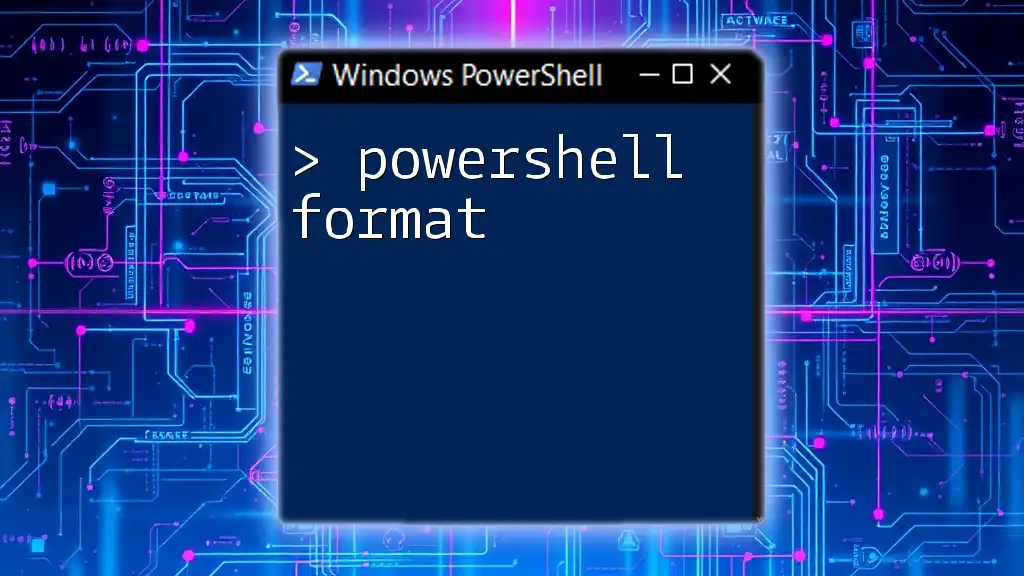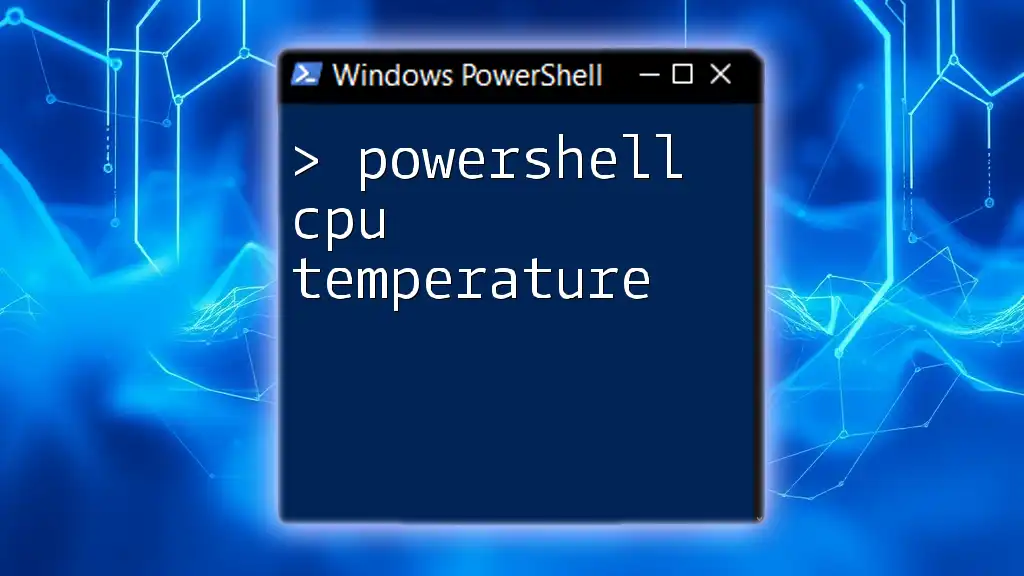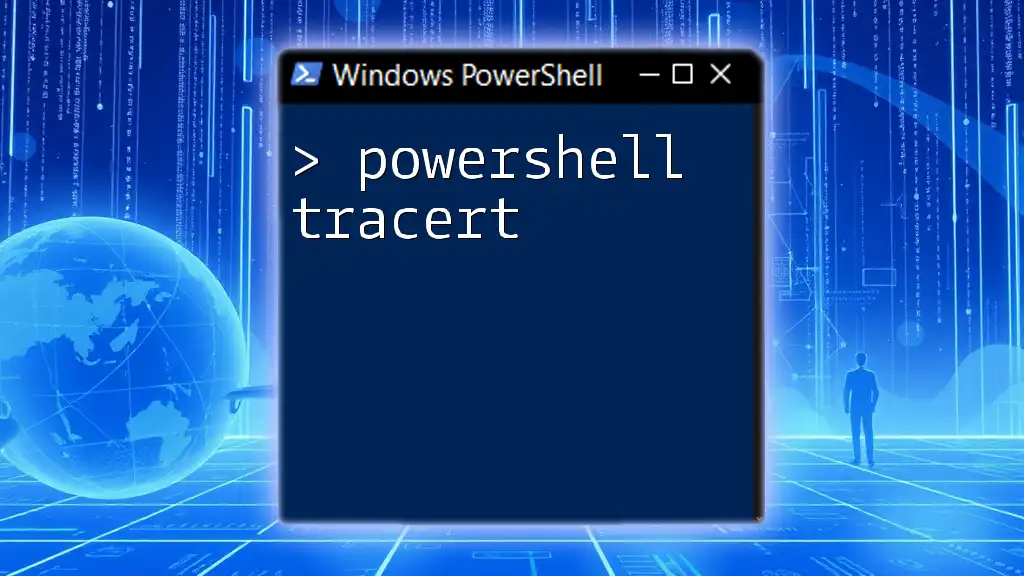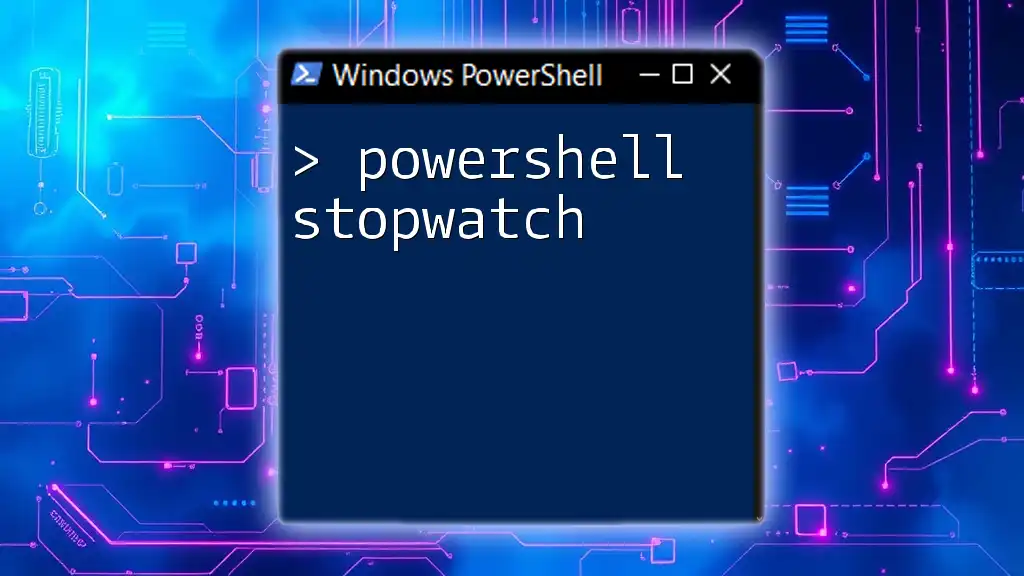The PowerShell format operator (`-f`) allows you to format strings by substituting placeholders with specified values, making it easier to create dynamic output.
$greeting = "World"
$formattedString = "Hello, {0}!" -f $greeting
Write-Host $formattedString
Understanding the PowerShell Format Operator
What is the Format Operator?
The PowerShell format operator, denoted by `-f`, is a powerful tool for formatting strings, numbers, dates, and other output types in a script. It allows you to create readable and visually appealing outputs, which can be essential for reporting, logging, or simply enhancing user experience. Unlike basic string concatenation or usage of `.ToString()`, the format operator provides a structured approach to build strings dynamically.
Basic Syntax
The basic structure of the format operator is straightforward. You use a format string containing placeholders followed by the values you want to insert into those placeholders.
Syntax:
"format string" -f values
The placeholders are represented within curly braces `{}` and are indexed numerically. For example, in `{0}` the `0` indicates the first argument following the format string.
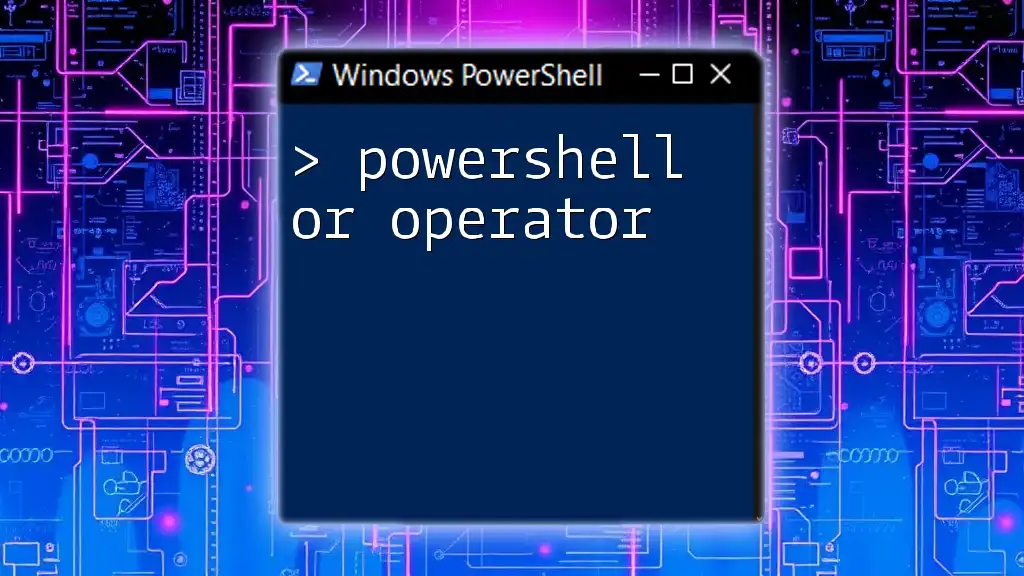
Using the Format Operator
Basic Formatting
Let’s look at a simple example. If you want to personalize a greeting message, you can do it like this:
$name = "John"
"Hello, {0}" -f $name
In this case, `{0}` gets replaced by the value of `$name`, producing the output: "Hello, John".
Numerical Formatting
Formatting Numbers
The format operator can be particularly useful when displaying numbers with a set number of decimal places. For instance, if you have a floating-point number and want to show it with two decimal places:
$number = 123.456
"{0:F2}" -f $number
Here, the format specifier `F2` indicates that you want to format the number as a fixed-point number with two decimal places. The output will be: "123.46".
Currency Formatting
PowerShell also allows you to display numbers as currency. This is especially valuable for financial reports:
"$100.123" -f "{0:C}" -f $number
In this example, `"{0:C}"` formats `$number` as currency based on the system's locale. Therefore, it will produce an output like: "$123.46".
Date and Time Formatting
Formatting Dates
You can also format dates into a more readable string using the format operator. For instance:
$date = Get-Date
"{0:MMMM dd, yyyy}" -f $date
With `"{0:MMMM dd, yyyy}"`, you can expect an output that looks like: "October 03, 2023".
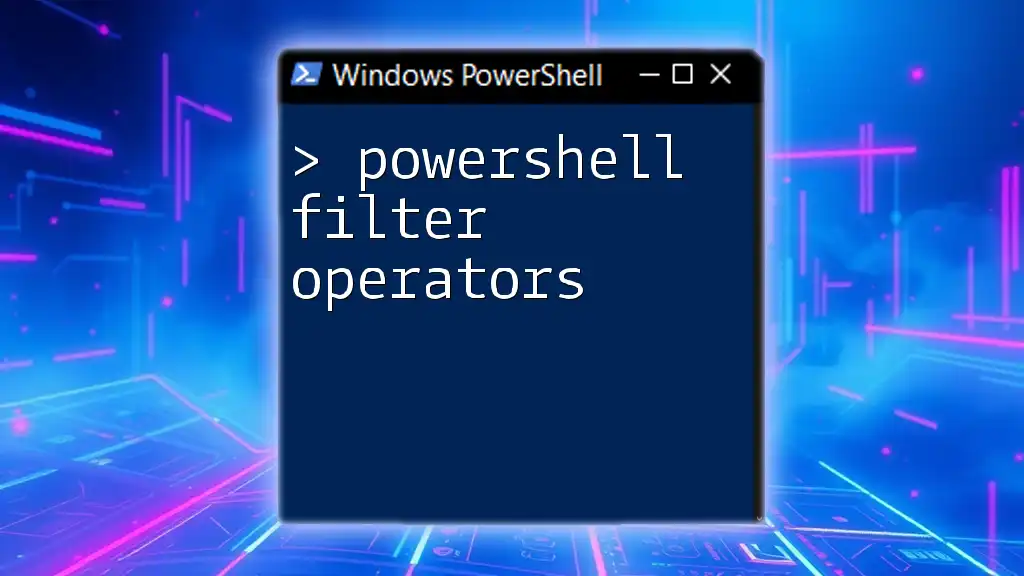
Advanced Formatting Techniques
Composite Formatting
The flexibility of the format operator becomes more apparent when using multiple format specifiers in a single string:
"{0} is {1} years old." -f "John", 30
In this scenario, both placeholders are filled with corresponding positional arguments, leading to the output: "John is 30 years old." This feature simplifies the construction of sentences and allows for clearer, more readable code.
Dynamic Values in Formatting
Using Variables
Using variables in format strings not only provides more flexibility but also enhances code maintainability. For example:
$user = "Alice"
$age = 28
"{0}, age {1}" -f $user, $age
The output will read: "Alice, age 28".
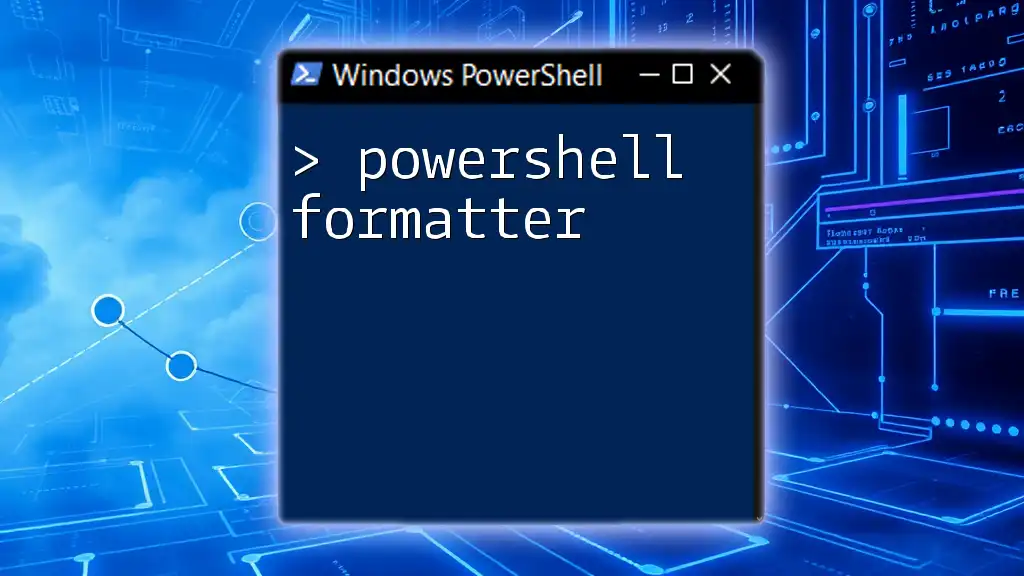
Practical Use Cases
Creating a Report
One practical application is generating a formatted report of users. Consider this scenario:
$users = @("Alice", "Bob", "Charlie")
"{0,-10} {1,10}" -f $users[0], "Active"
This code uses alignment specifiers to create a neat output. You can expect a format where "Alice" appears aligned to the left and "Active" to the right, making your reports easier to read.
Logging Outputs
In automated scripts, generating formatted logging statements can significantly assist in debugging and tracing issues:
"{0} - Error: {1}" -f (Get-Date), "File not found."
Using this format yields an output like: "October 03, 2023 - Error: File not found." This enhances the clarity of logs.
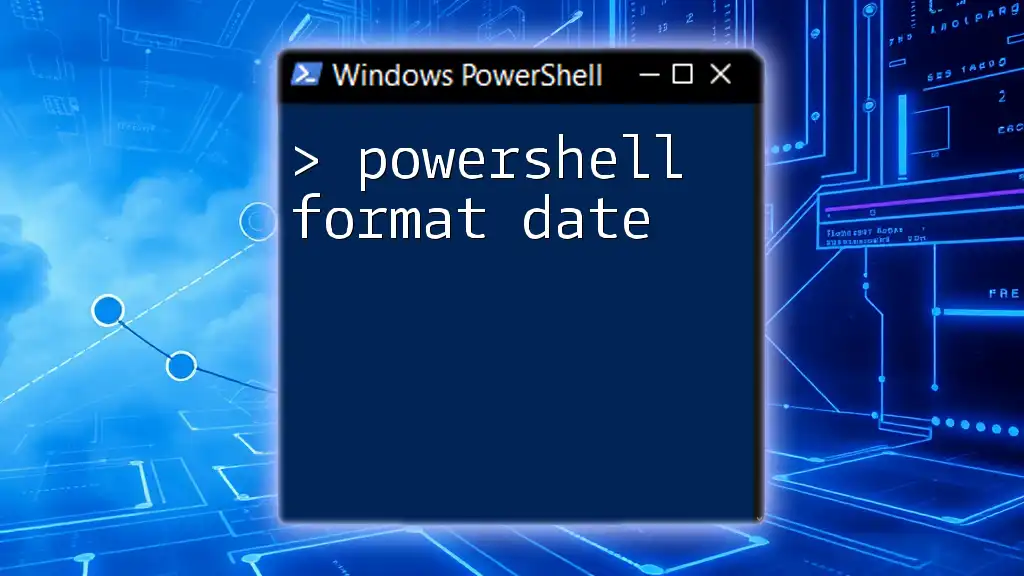
Common Errors and Troubleshooting
Common Pitfalls
While using the PowerShell format operator, it’s vital to be aware of common mistakes:
- Off-by-One Errors: Forgetting that indexing starts at `0`. It’s easy to misnumber placeholders.
- Incorrect Format Specifiers: Using a numeric format specifier for strings can lead to errors or unexpected outputs.
Debugging Format Issues
If you encounter formatting issues, consider the following troubleshooting techniques:
- Check Placeholder Indexing: Ensure that the correct index is used.
- Inspect Format Specifiers: Review if the correct specifier applies to your data type.
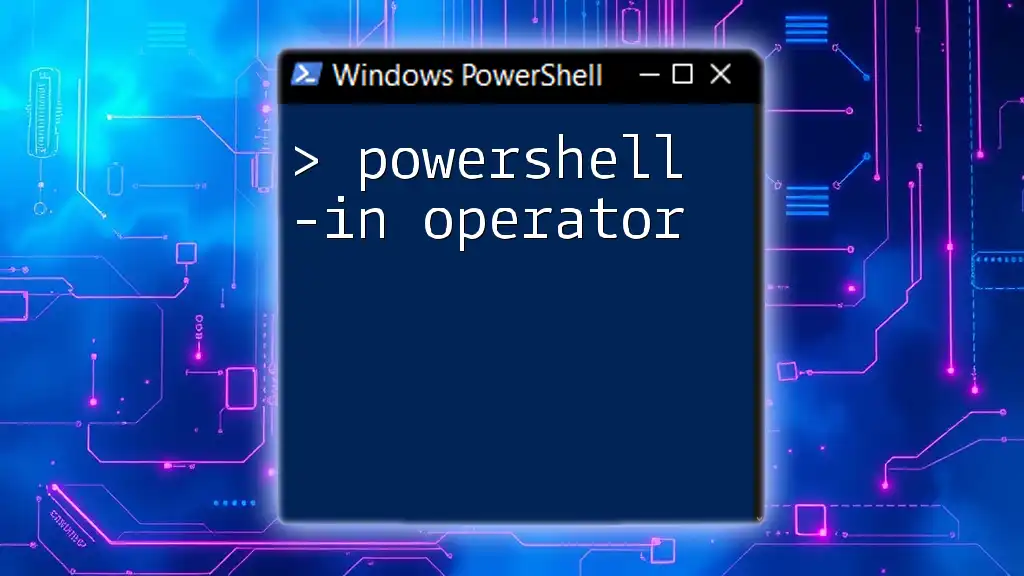
Conclusion
Mastering the PowerShell format operator is essential for anyone interested in improving their scripts' clarity and output quality. Whether formatting strings, numbers, or dates, the `-f` operator allows for dynamic and concise output management. Regular practice with these techniques will deepen your understanding and improve your scripting effectiveness.
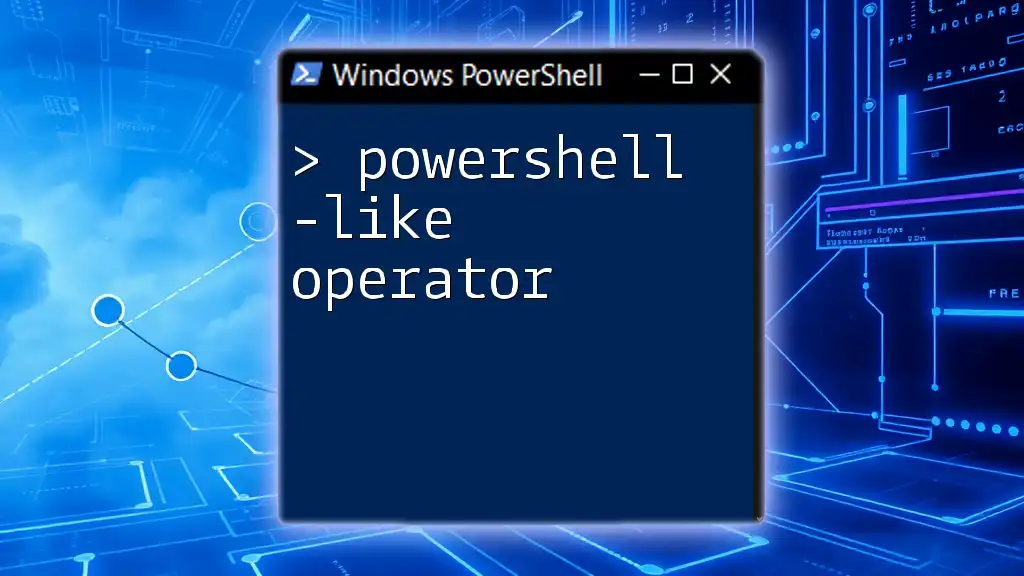
Additional Resources
For those eager to continue their learning journey:
- Check out the [official PowerShell documentation](https://docs.microsoft.com/en-us/powershell).
- Look for books and tutorials dedicated to PowerShell scripting.
- Join online communities or forums to exchange knowledge and seek guidance.

FAQ
What is the difference between -f and other formatting methods?
The format operator differs significantly from other methods such as `.ToString()`. The `-f` operator allows much more complex formatting with multiple placeholders, while `.ToString()` primarily converts an object to its string representation without additional formatting options.
Can the format operator handle arrays?
Yes, the format operator can handle arrays. You simply access elements by their index and format them accordingly. However, complex array handling usually requires looping through elements.
How does the format operator deal with culture-specific formats?
The format operator respects system culture settings which can affect number and date formats. This means you can generate outputs that are locale-appropriate without manually adjusting formats for different audiences.

